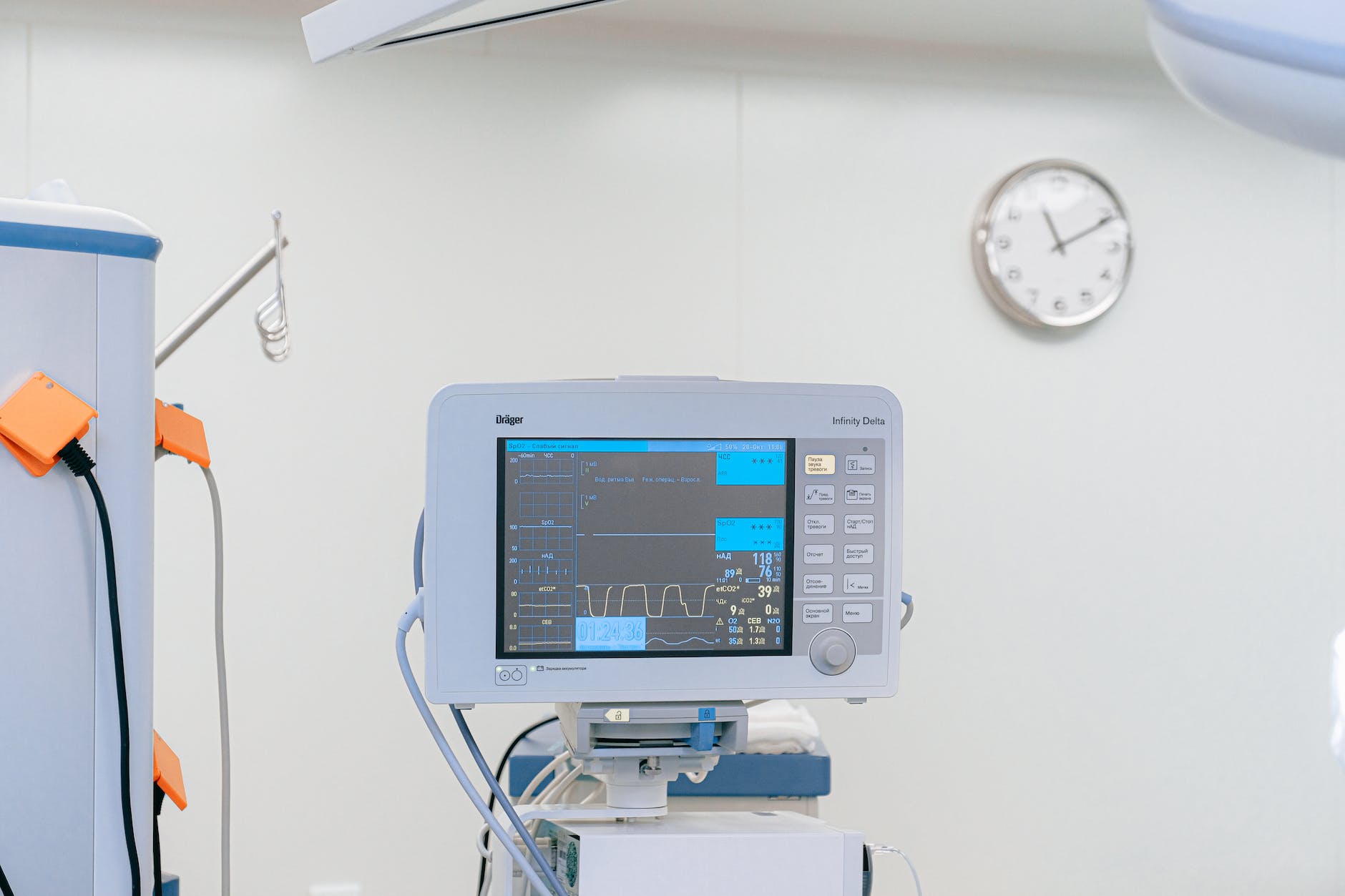Tonight I watched John E. Gorzynski and Sneha D. Goenka from Stanford University present at London Calling 2022. Their fifteen-minute presentation entitled “Accelerated identification of disease-causing variants with ultra-rapid nanopore genome sequencing” was packed with information even though it was an informal session. This was an in-person session last year. Gorzynski is a postdoctoral scholar and Goenka a graduate student recipient of several awards. They demonstrated how their protocols worked with a case study. Gorzynski spoke about the importance of rapid identification for cases in the NICU. They developed a platform with four parts: wet lab, sequencing, dry lab, and curation with a goal of reaching a diagnosis. They optimized the QIAGEN PureGene kit and fragmented DNA with the Covaris G-tube system. They mentioned the use of nuclease washes to reuse/reload libraries. They started with 2 ml of blood and after preparing high-quality DNA, used the ligation sequencing kit. Goenka spoke about their cloud-based platform consisting of four P100 compute modules and streaming data. They used a periodic upload model with compression of files. They also mapped a certain number of flow cells to each compute unit to maximize GPU use. Wow! Goenka mentioned that this allowed near real-time basecalling of their PromethION 48 output. The pipeline also determined variants. The presenters described a clinical case of a six month female with seizure events initially diagnosed with seizure disorder. They prepared libraries in a couple of hours and sequenced at 1.81 Gb/min producing 200 Gb with 62.5X and an N50 of 26.4 kb. They sequenced for an hour only! For basecalling, they filtered out low quality score reads. The pipeline helped quickly identify variants and revealed a heterozygous truncating variant in PCDH19. Changes to medications were made as a result and patient was discharged 24 hours after diagnosis. The team made the diagnosis in 7 hours! One question they were asked was what are the main barriers. The response was having the hardware and cloud support. A second question was how can the sequencing results and variant be confirmed. The team included genetic counselors. The third question was about future plans. They mentioned possibly moving to kit 10 chemistry that may decrease the coverage requirements. The computation pipeline will also be improved to be more dynamic to increase robustness and elasticity. The basecalling and alignment were as fast as possible. Variant calling is limited by the algorithm, noted Goenka. They were asked what their “diagnostic rate” was and responded that it is about 42%, in line with others using sequencing. I agree with one of the attendees that their setup is very unique, though it is encouraging that the wet lab procedures and computational tools may be more readily available. I wonder if automation can help facilitate steps in this process.



